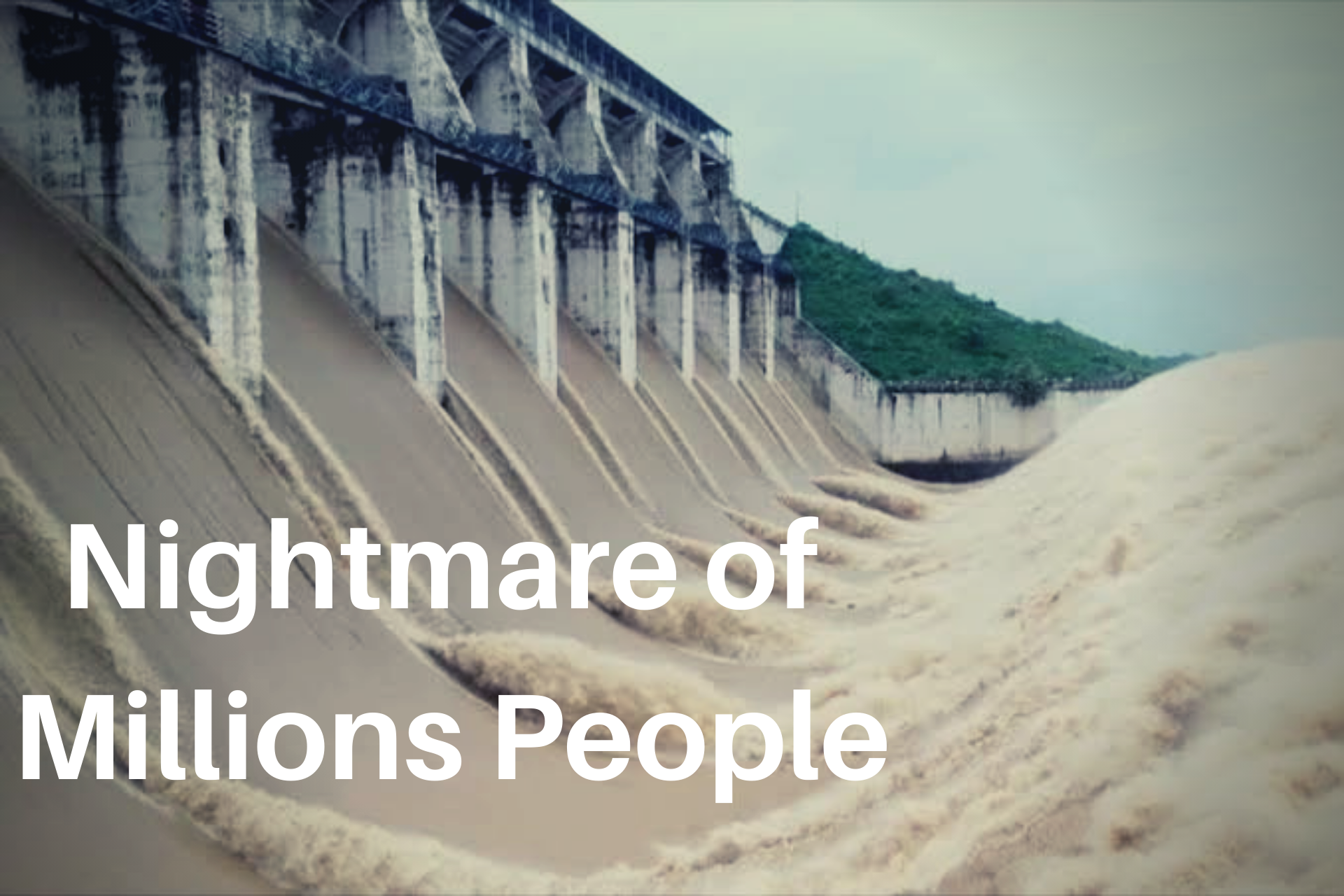Nature is always flowing in its own way. There is no doubt that man is dependent on nature. But people are trying to bring nature under their control in the hope of modern and advanced life due to which we are continually harming the environment. And we have to count the toll of this mistake. "Farakka Dam" is a living example of this.
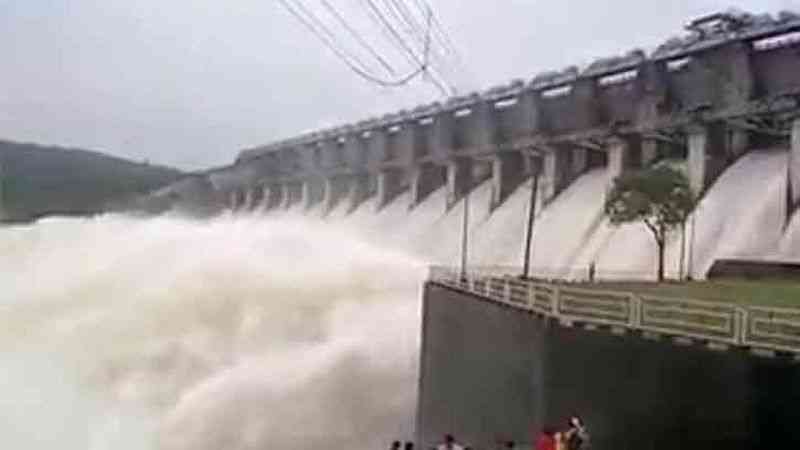
Bangladesh is a riverine, and agriculture-based country. Water is vital for holding these two names. But the "Farakka dam" has become an obstacle. When it comes to the name of "Farakka Dam," some history and some political issues come to the fore. As Bangladesh is a riverine country, mild or moderate floods occur every year during the monsoon season. But due to the "Farakka Dam," the situation became more complicated. That is why the name Farakka has become a nightmare for millions of people.
History of Farakka
The dam was built from 1961 to 1975 at the cost of about 1 billion INR. It is located on the Ganges River in Malda and Murshidabad districts of West Bengal, India.
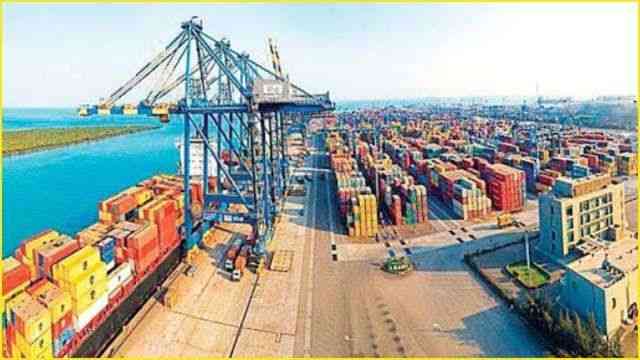
In the decade 1950s to 1960s, the issue of sediment accumulation in the Hooghly-Bhagirathi River became a major concern. Although the problem of siltation became a major problem for the decade in the 1950s and 1960s, the problem started from the British rule. As a result of sedimentation, the river loses its navigability. Due to which the efficiency of Kolkata port is declining. The removal of river silt became essential to restore the efficiency of the port of Kolkata. Due to which its water flows through the river Hooghly-Bhagirathi through the dam of river Ganga. Due to this dam, India including North Bengal and South Bengal the rest of the northeastern part plays a significant role in keeping in communication. But experts have warned of the potential damage to the environment and biodiversity as a result of the dam. Although India has benefited a lot, India's neighbor Bangladesh has been facing losses for the last 45 years[1].
Learn about the Royal Bengal Tiger:

Loss of Bangladesh by Farakka
Many times ago, the river Padma was one of the waterways for trade and commerce. The water of this river never dried up. But after the construction of the dam, there was a shortage of water in the river during the dry season. Due to which the northern region of Bangladesh is slowly moving towards desertification. The largest part of Bangladesh's economy is dependent on its rivers. Due to lack of water in the river during the dry season, agriculture, fish farming, inland shipping, water supply and other sectors are facing losses[2].
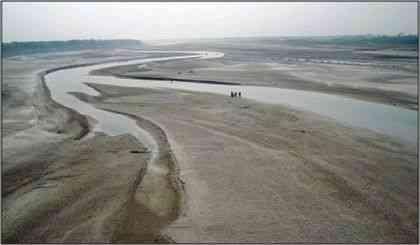
Many tributaries of the Padma River are on the verge of extinction due to low water supply. Moreover, many rivers have become extinct due to the Farakka Dam. The number of fish in the river has decreased due to the low water supply due to which thousands of fishermen have become unemployed. Inland shipping workers are looking for different sources of income after seeing the dilapidated condition of the river[3].
The water in the river is less, so the supply of silt is less. Due to which the agricultural land became Infertile later. Due to which the crop of the land is not at the desired level. However, there is not enough water for irrigation.
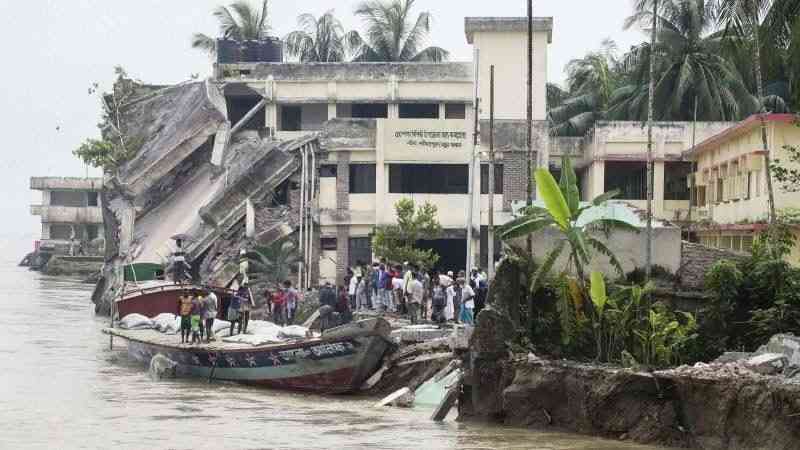
The impact of the Farakka Dam on biodiversity is devastating. Different types of aquatic animals and fish are no longer available. These are on the verge of extinction today. Due to the lack of water, the forest is slowly becoming exhausted. Moreover, the level of water in the northern part of Bangladesh has come down a lot. So in the dry season, there is a shortage of drinking water. Due to the lack of water in the river during the dry season, the river is losing its navigability.
For this reason, millions of people fall victim to floods and river erosion every year. With all this, it is difficult to calculate the amount of damage. So the name Farakka is a long sigh and a living panic to millions of people[4].
Farakka Long March
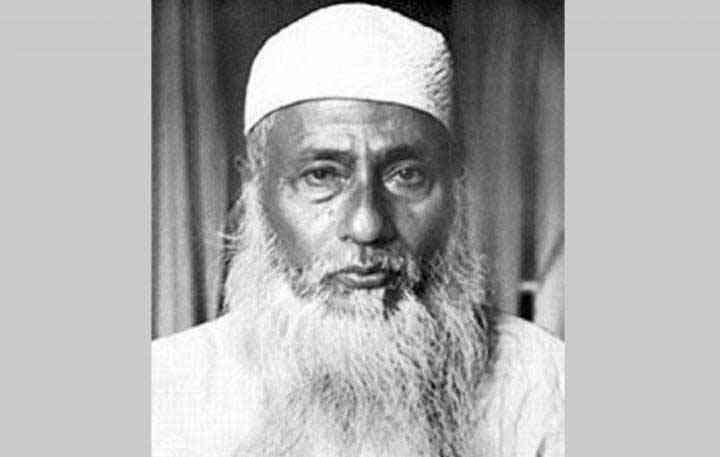
On May 16, 1976, a historical long march of millions of people was held towards the death dam Farakka under the leadership of the oppressed public leader Maulana Abdul Hamid Khan Bhashani. Maulana Bhashani, the political leader of Bangladesh, called for a protest march against the unilateral removal of water from the Ganges by India through a dam at Farakka. Bhashani was the first to raise our voice against desertification through the Farakka movement. We are now beginning to feel the side effects of desertification[5].
We all understand the terrible catastrophe that is happening due to the aggression of water upstream of Bangladesh, and the very existence of Bangladesh is being endangered. We know that for hundreds of years, the Ganges, the Brahmaputra, the Meghna, and their tributaries have been carrying water from China, Nepal, Bhutan, and India to meet Bangladesh's water needs.
Recommended reading:

References:
1. Farakka history : http://en.banglapedia.org/index.php?title=Farakka_Barrage
2. Farakka Dam is a death trap : https://www.dailysangram.com/post/272558-----(February 21, 2018)
3.India, Bangladesh and the Farakka: http://www.futuredirections.org.au/publication/india-bangladesh-farakka-barrage/(10 MAY 2016)
4.The impact of the Farakka:https://www.mdpi.com/2073-4441/6/8/2501/htm(15 August 2014)
5.Farakka Long March: https://en.shampratikdeshkal.com/bangladesh/news/20057553/%EF%BB%BFhistoric-farakka-longmarch-day-saturday(15 May 2020)

